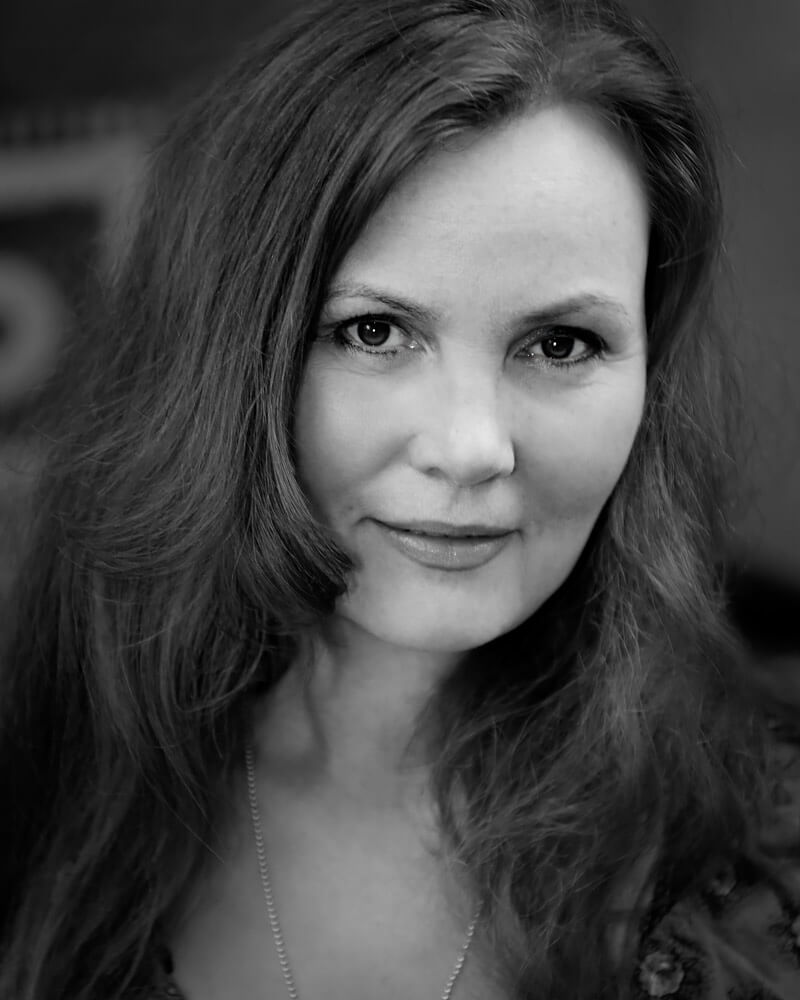Anne Helene Gjelstad is an award-winning photographer and educator. After graduation from the Norwegian National Academy of Craft and Art Industry in 1982 she had her own fashion studio in Oslo for 25 years. Among her clients were HM Queen Sonja, Norwegian artists, magazines and the textile industry. In 2006 she felt the need for a change and decided to follow her childhood dream and become a photographer. She took the two-year class in photography at Bilder Nordic School of Photography (2007-08) as well a numerous workshops by some of the leading photographers of our time such as Joyce Tenneson, Mary Ellen Mark, Greg Gorman and Vee Speers.
Anne Helene's works has been has been exhibited worldwide; in the National Art Museum of China in Beijing, in Centro Fotografico Alvarez Bravo in Mexico, in Ljubljana in Slovenia, around Estonia including the Lobby in the Estonian Parliament in Tallinn and in the National Museum in Tartu as well as in The House of Photography in Oslo.
Anne Helene Gjelstad has her photo studio in an old barn surrounded by beautiful landscape just outside of Oslo. She also gives lectures and teaches portrait photography and postproduction. For her portraits, she is rewarded numerous awards.
Statement
For eleven years, since 2008, I have worked on portraying the lives of the older women on the small Estonian islands of Kihnu and Manija in the Baltic Sea. Colourful, interesting and friendly, they represent a culture and a way of life that is changing despite the strong anchor of tradition. These robust women are used to working hard, and take care of almost everything. They bring up the children, make the clothes, plough the fields, drive the tractors and take care of the animals. The men spend much time away from home, fishing or working on the mainland or abroad. Life is often hard. This is normal here. Nobody asks questions. You do what you must. This is how you get a big heart and strong hands.
The voices of these hushed culture bearers need to be heard and kept for generations to come in a small society that is rapidly changing towards western standards, and where the traditional culture and identity is naturally slipping away. I have aimed to tell the women's stories truthfully and I have photographed their daily lives and activities, clothing and bedrooms, kitchens and farmhouses, the details, the surroundings and landscapes as well as the ceremony held in a deceased person's kitchen only three hours after she had passed away. To tell the fuller story, I have also interviewed some of the women about their lives, their experiences during war and occupation, family life, work, food and thoughts about the future. My book is my contribution to record and help preserve this unique culture for the future and give these old, wise women the voice they deserve as the quiet nation builders they really are.
Selected Books on

